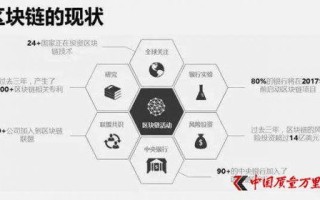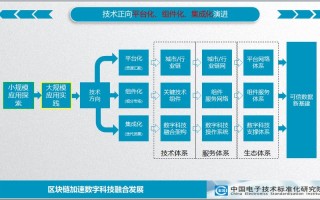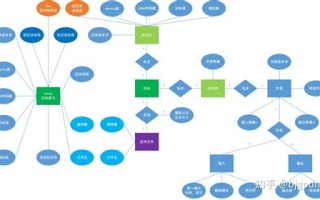Identification of Objectives:
Begin by clearly defining the objectives of implementing blockchain technology. Determine what problems you aim to solve or what improvements you seek to achieve.Blockchain technology has garnered significant attention across industries due to its potential to revolutionize processes, enhance transparency, and improve security. Crafting a successful blockchain solution involves understanding the key components and carefully considering various factors. Let's delve into the essential aspects of developing a blockchain solution and provide guidance on creating an effective strategy.
1. Define Objectives and Use Cases:
Crafting a successful blockchain solution requires careful planning, meticulous execution, and ongoing optimization. By defining clear objectives, selecting the right platform, designing a robust architecture, prioritizing security and compliance, and adopting best practices for testing and deployment, organizations can unlock the full potential of blockchain technology to drive innovation and achieve their business goals.
Privacy Enhancements:
Incorporate privacyenhancing technologies such as zeroknowledge proofs or homomorphic encryption to safeguard user privacy and confidential information.
Data Structure:
Define the data structure for storing transactions and other relevant information. Determine whether a simple ledger or a more complex data model is necessary.
Monitoring Tools:
Implement monitoring tools to track the health and performance of the blockchain network in realtime. Monitor key metrics such as transaction throughput, latency, and network utilization.
Consensus Mechanism:
Choose an appropriate consensus mechanism (e.g., Proof of Work, Proof of Stake) based on factors like security, decentralization, and energy efficiency.
Smart Contract Development:
If applicable, design and develop smart contracts to automate processes and enforce business logic on the blockchain.
Legal and Regulatory Considerations:
Stay abreast of relevant regulations and compliance requirements in your jurisdiction. Ensure that your blockchain solution complies with data protection, antimoney laundering (AML), and other applicable laws.Title: Crafting a Blockchain Solution: Key Components and Considerations

Testing Strategy:
Develop a comprehensive testing strategy to validate the functionality, security, and performance of your blockchain solution. Conduct unit tests, integration tests, and endtoend testing to identify and address any issues.4. Security and Privacy Measures:
[End of Document]
Use Case Identification:
Identify specific use cases where blockchain can provide tangible benefits. These could include supply chain traceability, secure data sharing, digital identity management, or decentralized finance (DeFi).
Access Control:
Define access control mechanisms to manage permissions and ensure that only authorized parties can participate in the network.6. Testing and Deployment:
This comprehensive approach ensures that your blockchain solution is not only technically sound but also aligned with your business objectives and regulatory requirements, paving the way for successful implementation and adoption.
Optimization Strategies:
Continuously optimize your blockchain solution based on monitoring data and user feedback. Identify areas for improvement and implement enhancements to enhance efficiency, scalability, and user experience.
Public vs. Private Blockchain:
Decide whether a public, permissionless blockchain like Ethereum is suitable, or if a private, permissioned blockchain such as Hyperledger Fabric aligns better with your requirements.Conclusion:
3. Designing the Architecture:
5. Regulatory Compliance:
7. Continuous Monitoring and Optimization:
Governance Framework:
Establish a governance framework to address regulatory concerns and ensure transparent and compliant operation of the blockchain network.2. Selecting the Right Blockchain Platform:
Integration with Existing Systems:
Plan for integration with existing systems and databases to ensure seamless data flow between blockchain and legacy systems.
Cryptography:
Implement robust cryptographic techniques to secure transactions and protect sensitive data.
Scalability and Performance:
Consider the scalability and performance requirements of your solution. Evaluate blockchain platforms based on their ability to handle transaction volumes efficiently.
Deployment Strategy:
Plan the deployment of your blockchain solution carefully. Consider factors such as network infrastructure, node deployment, and maintenance requirements.标签: 区块链网页设计方案 区块链技术怎么运作 如何制作区块链ppt演示文稿







